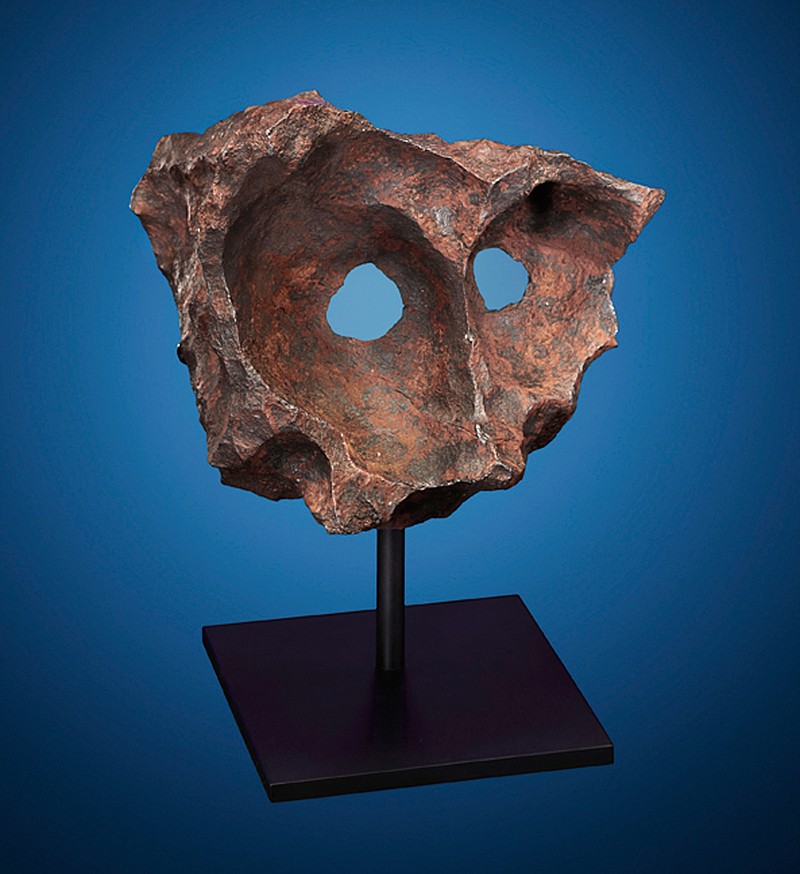NEW YORK (AP) - A New York City auction will offer 125 meteorites for sale, including a large chunk of the moon and a 179-pound iron cosmic rock that evokes Edvard Munch's iconic painting "The Scream."
The sale, one of the largest of its kind, is being held by the Dallas-based Heritage Auctions on Oct. 14.
The sale also includes a large piece of the Peekskill meteorite, famous for puncturing a Chevy Malibu in 1992 about 50 miles north of Manhattan, and the largest complete slice of the most famous meteorite in the world, the Willamette, a huge specimen that is housed at the American Museum of Natural History in New York.
The moon rock has the highest pre-sale estimate of $340,000 to $380,000; less than 0.1 percent of all meteorites recovered are lunar in origin. The 18-inch-tall meteorite, dubbed "The Scream," is estimated at $175,000 to $225,000.
"When I first saw this meteorite, I saw the resemblance in a heartbeat," said Darryl Pitt, who has consigned the piece to the auction. "It is sculpted in part by atmospheric entry and most significantly by its exposure to the elements on earth over millennia."
Three of the concave hallows are evocative of Munch's image of a man holding his head and screaming under a streaked sky. It is classified a Gibeon and was discovered in the Kalahari Desert in southern Africa.
More than half of the meteorites in the sale come from the Macovich collection, the world's largest grouping of aesthetic iron meteorites - specimens that are considered desirable for display.
Specimens from the collection are found at the natural history museums in London, New York and Paris and The Smithsonian in Washington, D.C., among others. Its principal owner is Pitt, who said 20 years ago all meteorites were selling for the same price irrespective of their aesthetic attributes.
"That has radically changed with the introduction of the first natural history auction in the mid-1990s," he said in an interview. "I was on a mission to popularize meteorites. I knew that the only way I would be able to attract interest on the part of the public was to offer objects that were more visually captivating."
"The overwhelming majority of meteorites are not aesthetic," he said.
The cover lot in the sale is of an iron meteorite with naturally formed holes that resemble a mask. The catalog says it is "arguably the most exotically aesthetic" and was discovered by indigenous tribesmen in Namibia with a metal detector. It is estimated to bring $140,000 to $180,000.
The Peekskill piece has a pre-sale estimate of $47,500 to $55,000.
There are others that have lower estimates but come with interesting stories, like a small portion of a meteorite estimated at about $4,000 that fell from the sky in 1492. It was later chained up in a church so it couldn't fly back into orbit.
Meteorite prices today depend on many variables. But there are two main markets: one of aesthetic iron meteorites and the other is of samples whose value is predicated on attributes other than aesthetics, like a piece of the planet Mars.
About two dozen of the meteorites in the sale have museum provenance and have no reserve.
"The point is I wanted to create a sale that had something for everyone," Pitt said.

